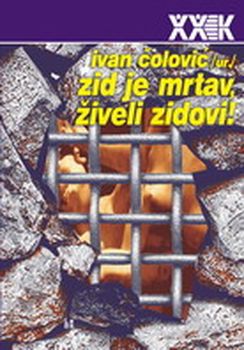
We kindly inform you that, as long as the subject affiliation of our 300.000+ articles is in progress, you might get unsufficient or no results on your third level or second level search. In this case, please broaden your search criteria.


Faik bej Konitza was an important figure of the Albanian National Movement. During the communist regime in Albania he was labelled a „reactionary,“ and therefore no studies could be undertaken on him. His main sin was to have served as minister in Washington, for King Zog I (1928–1939). With the end of isolationism and fall of the communist regime in 1990, the road for thousands of Albanians to leave the country and for Konitza to come back home, once and forever , was opened. His remnants were brought to Albania in 1995. His simple tomb in the park of the capital Tirana has thus fulfilled his last wish, to be interred in his „fatherland’s soil.“ I present him here as the subject of a case study for three main reasons. Firstly, he was one of the main figures of the second phase of the Albanian National Movement (1878–1912). This allows for some comparative approaches in relation to the „fathers,“ or the first generation of Albanian nationalist intellectuals, one of the most important among them being Shemseddin Sami Frashëri (1850–1904). Secondly, considering the discursive articulation and political instrumentalization of the concepts of folk, people, nation in the late 19th and early 20th centuries, it should be noted that Konitza, more than anyone else among Albanian nationalist intellectuals of his time, stressed the importance of an Albanian literary language in forging an Albanian nation.
More...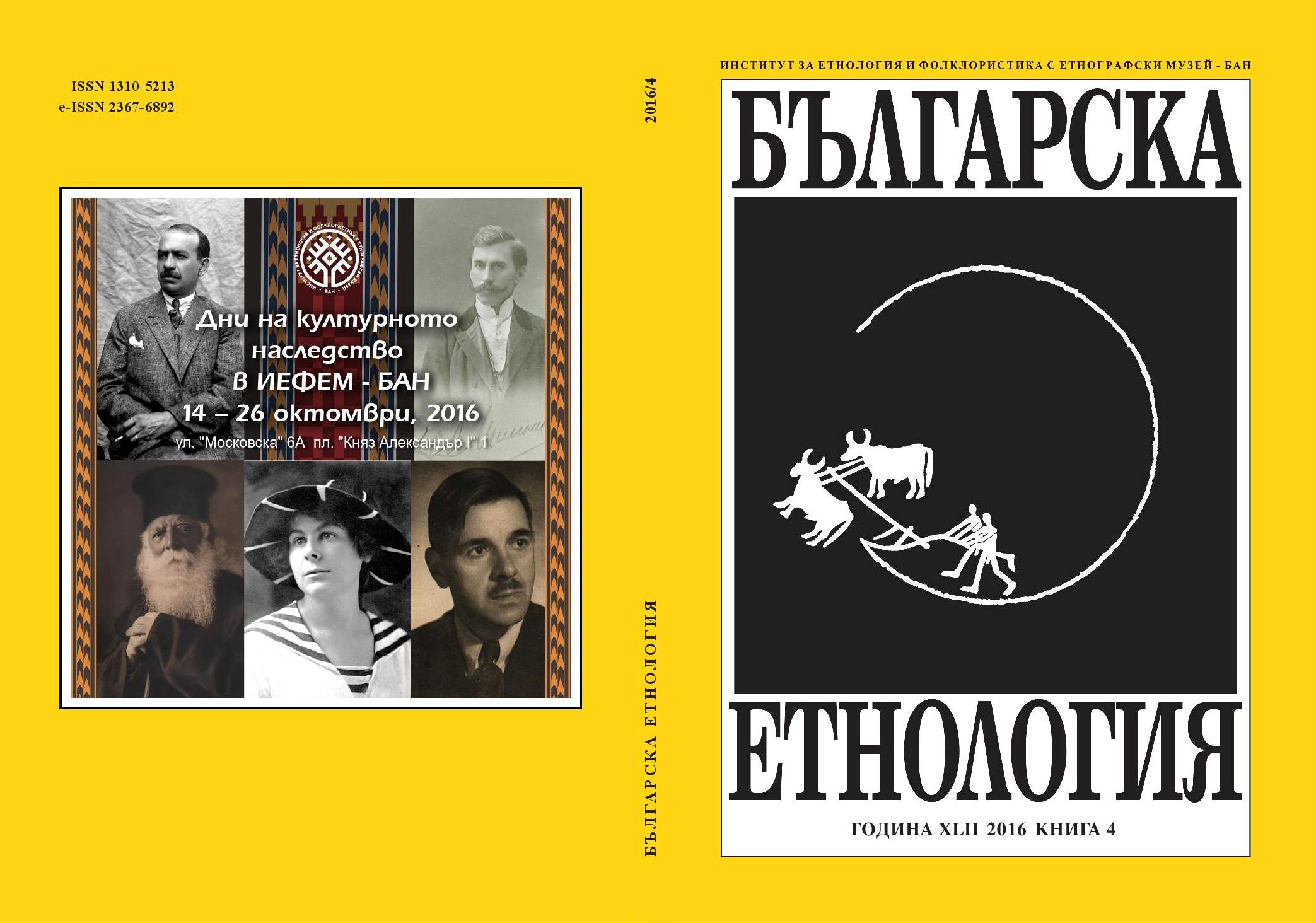
The article is devoted to the role of life stories in the study of the family of theBessarabian Bulgarians. The eyewitnesses’ stories (or the stories of their loved ones)contain various appreciations, experiences, feelings, values, and meanings whichallow the reconstruction of their world. The study is based on the life stories collectedduring field ethnographic expeditions conducted in 2009-2010 in villages witha predominant or significant Bulgarian population in the Republic of Moldova andUkraine.The life stories are an invaluable source for the study of the Bessarabian familyin traditional and contemporary perspective. Sharing them requires a climate of trustbetween the respondents and the researcher. The life stories represent a collection ofselected facts and episodes, in which many hidden, suppressed and forgotten thingsremain beyond the narrative. Because of their subjective character, the family is representedin an estimative and emotional way enabling the identification of the trendsin its development and the judgement of its values and morals.
More...




The topic of nationalism attracts a lot of attention, especially in the Balkans, where it is quoted as one of the main causes of war in former Yugoslavia. Among different approaches to the studies of nationalism, the two are dominant – modernism and ethno-symbolism. The description and the analysis of the debate between these two dominant approaches make the subject of this essay. The statements of Ernest Gellner, a representative of modernism, and of his disciple Anthony Smith, a spokesman for ethno-symbolism, are in the focus of discussion. This essay will try to present and compare critically the main points of disagreement between the two approaches, which are: the cause of creating the nations and of the appearance of nationalism, as well as the modality and the timing of their origin. There will also be talk about the relevance of the term ethnic group for comprehending and the origin of the terms nation and nationalism.
More...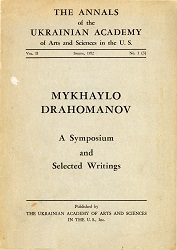
MYKHAYLO DRAHOMANOV. A Symposium and Selected Writings. Published in 1922 by the THE UKRAINIAN ACADEMY OF ARTS AND SCIENCES IN THE U. S. as an issue of the "ANNALS OF THE UKRAINIAN ACADEMY" // Compiled with the assistance of the Drahomanov Commission of the Ukrainian Academy of Arts and Sciences in the U. S. under the chairmanship of Professor Svitozor Drahomanov. Edited by Ivan L. Rudnytsky. // The problems which Drahomanov faced in his own day still await solution today. Perhaps a constructive approach may be gained through the study of a man who, like many Ukrainian scholars today, had to leave his native Ukraine and yet came to see more clearly her place in Europe. “Emigration,” Drahomanov wrote, “is bitter, but under certain circumstances, inevitable. Beginning with the sixteenth century the freedom of England, Scotland, then of France, Germany, Italy, and Hungary could not do without emigration and its literature. The freedom of the Ukraine also demands it” (Letters to the Dnieper Ukraine). // The present volume which is published as a special issue of the Annals presents a symposium of studies devoted to Mykhaylo Drahomanov and a selection from his own works. It is intended to acquaint the English speaking world and in particular American and English students of East European history with the life and work of Drahomanov.
More...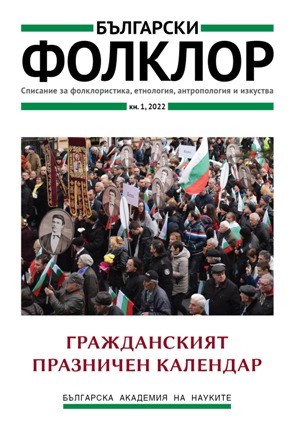
The genesis of St. George’s Day as the day of Pomorie displays the mutual development of its modern historical political myth and the last three decades’ festivity. After the democratic changes in 1989, the patron holiday of the Anhialo monastery that continued to be observed even during socialism and the fair that accompanies it were developed and transformed into an official holiday, but invented rituals brought about a myth shift: from the established in the course of a century narrative about the fight for and the restoration of justice to a story of the offered fraternal hand and forgiveness. Based on the research of the myth–ritual interaction, the author searches for answers to the questions about the significance of St. George’s Day for the local community and about this holiday’s ability to serve both national and pluralistic tasks.
More...
The German population living in the Eastern European territories reached by the Red Army in 1944 was subjected to systematic cleansing. In Bulgaria, this process took place within an institutional framework and generated a substantial dialogue between the Soviet Control Commission, the Bulgarian State, and its German inhabitants. The study of this administrative dialogue reveals movements in the categorical repertoire created on institutional level in order to identify potential foreign enemies. Belonging of the so-called Germans to the national community was assessed through their religious, historical, social, or family affiliations. The heterogeneity of this population grouped from above reveals a strong social reality: the anti-German measures mainly affected individuals from mixed families, legally or ethnically related to the German world. This mixity appears to have been a problematic attribute for the ongoing administrative classification. The specificity of the category of intermarriage and its function multiplied the facets of this population and encompassed through the family institution the existing perceptions of what was an ‘enemy’ or a ‘friend’ of the new order. The classification of undesirable persons from mixed families generated unequal relations with the state, between locals and foreigners, between citizens and non-citizens, but also between women and men. By looking at the diversity of the studied group through the lens of identity representation analysis numerous questions related to the aspects of the complex social reality of the Bulgarian population at the end of World War II arise.
More...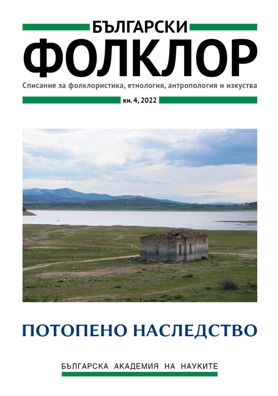
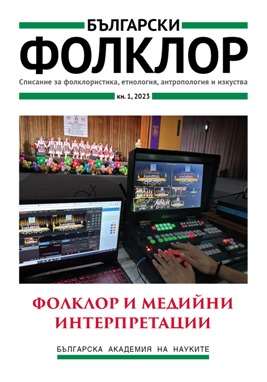



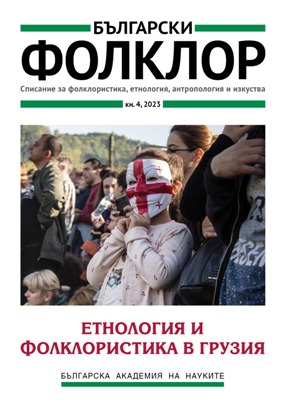
The article introduces to the late medieval romance in verse Vepkhistq’aosani by Shota Rustaveli – the central artefact in Georgian cultural self-awareness and the top item of ‘high’ Georgian cultural export. It briefly presents its narrative content, indicating the correlation of two plot-lines (initially through enframing, after some point though horizontal interlacing). It briefly introduces to the main fluctuations and 20th-century tendency in translating the work’s title, interpreting the fluctuations as indicative of aesthetic differences, and the tendency as an indication of the ‘cultural market’ success of the Soviet-Georgian (in its ideological and aesthetical basis –a Stalinist and socialist-realist) image of Rustaveli’s masterpiece. It presents two influential to dominant claims of Georgian Rustvelology – that the work is a poema (and not a novel/romance) and that it displays, at least partially, Renaissance outlook and poetics, – considering these claims as tools (1) of Soviet “Culture Two” to allot a proper place to Georgian nation within the alternative modernity of the USSR and its premodern background-under-construction, and (2) of Soviet-Georgian cultural nationalism to define a usable past in post-Soviet conditions; and (3) as beliefs. It revitalises the option to contextualise the work of Rustaveli (and, indirectly, Georgian cultural identity) in non-Eurocentric terms, providing some factographic and theoretic clues from the field of macrohistory (J. Abu-Lughod et al.) and a methodological one from sociology of arts (P. Bourdieu).
More...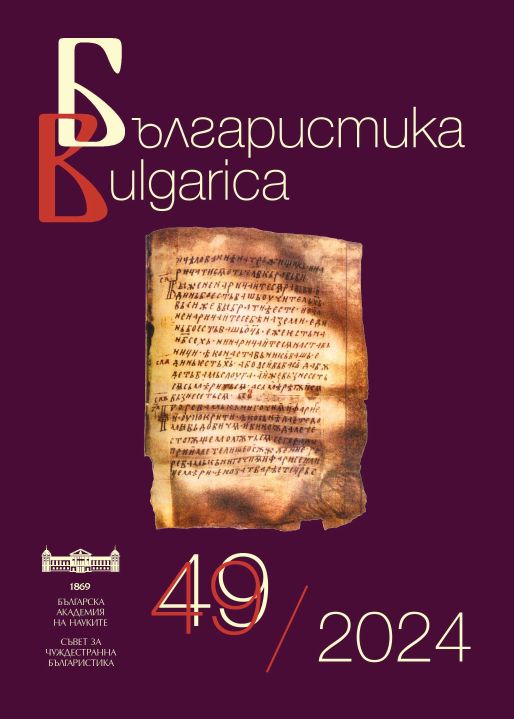
Selected bibliography in the field of Bulgarian Studies published in the current year.
More...
Content of the main Bulgarian scientific journals for the current year in linguistics, literature, history, folklore, ethnography, archaeology and art studies.
More...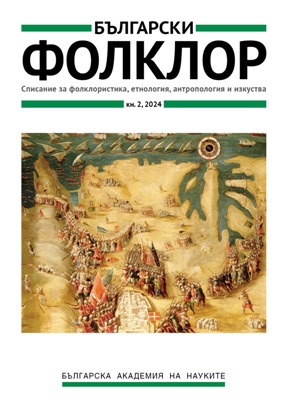
The article examines, from a historical and contemporary perspective, the processes of valorizing diaspora gardening as local heritage in two significant "gardener villages": Polikraishte and Draganovo (within the municipality of Gorna Oryahovitsa). Based on field research conducted in Bulgaria and Hungary, the publication investigates how diaspora gardening becomes part of the local festivities and commemorative practices. The article traces how transnational gardening, while practiced as a local livelihood, is connected to traditional festivities and examines the changes in the local dimensions of the festive calendar during socialism and more recently. A separate section is dedicated to the new festivity (its emergence, development, and messages) as a current means of transforming local livelihood into cultural memory and the local heritage of the two settlements.
More...